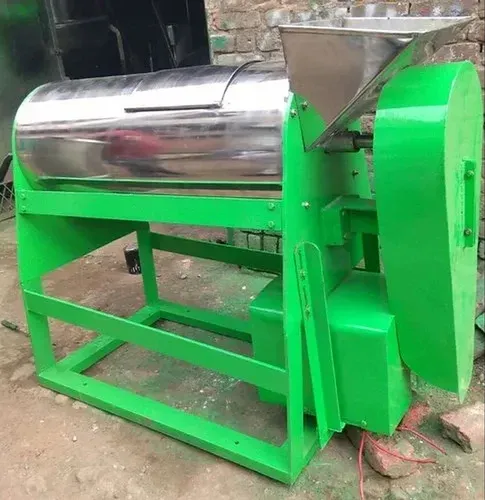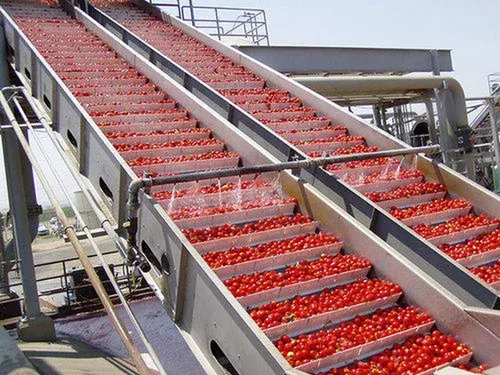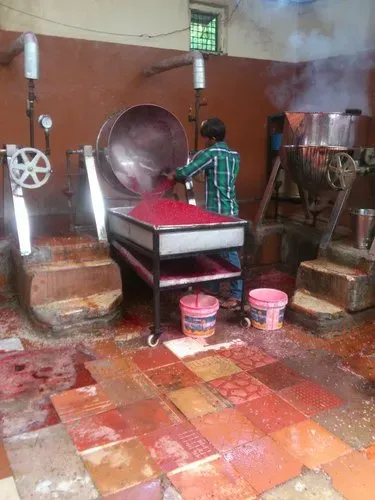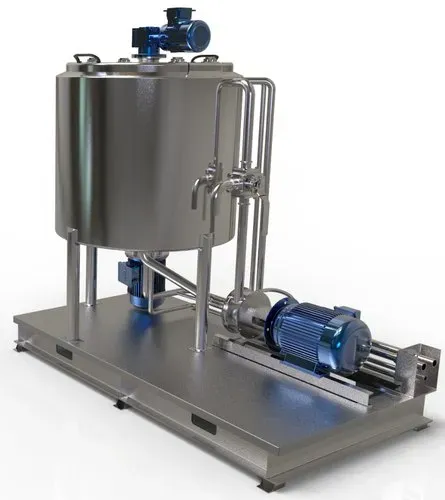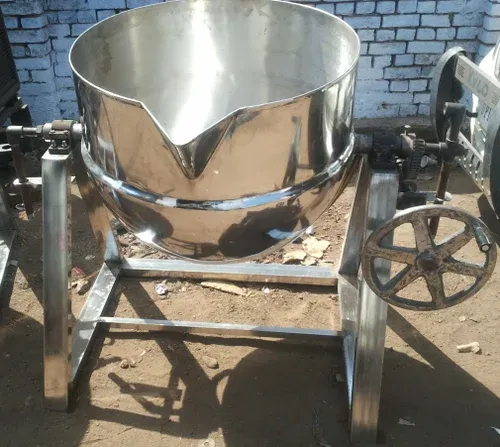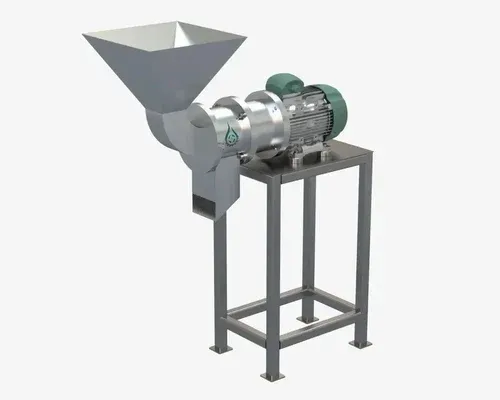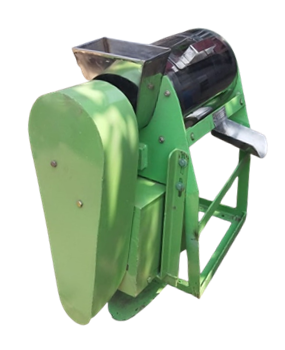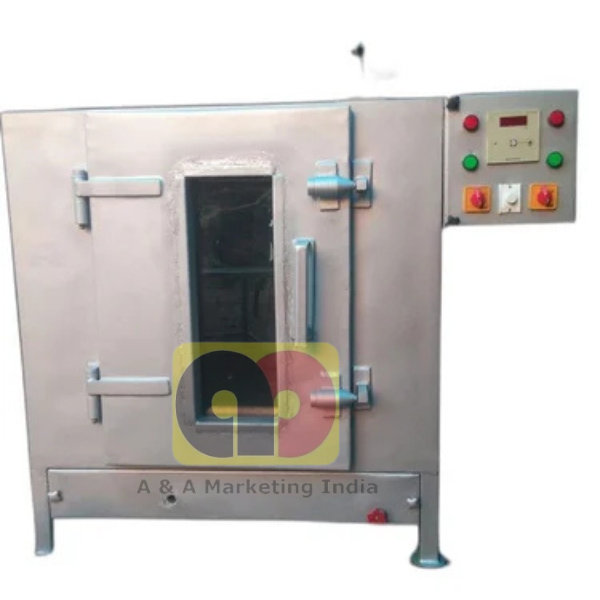Features of Pulp Processing Machine:-
- Pulpers: These machines are used to separate the fibers from wood chips or other raw materials by grinding and shredding them.
- Refiners: Refiners are used to further refine the pulp fibers after they have been separated from the raw material. This process helps to improve the strength and quality of the pulp.
- Bleaching equipment: This equipment is used to remove impurities from the pulp and to improve its color and brightness.
- Paper machines: Paper machines are used to form refined pulp into sheets or rolls that can be used for paper products such as tissue, cardboard, or printing paper.
Pulp plays a crucial role in many industries, from food processing to paper manufacturing. Whether it’s extracting fruit pulp for beverages or recycling paper waste into usable pulp, having the right pulp processing machinery is essential. Efficient machines not only improve production output but also enhance the quality and consistency of the final product. In this article, we’ll explore the different types of pulp processing machines, how they work, and why they are an invaluable asset across industries.
What is a Pulp Processing Machine?
A pulp processing machine is designed to extract and process pulp from various raw materials. These machines are widely used in industries such as food, beverage, paper, and textiles. The primary function of an industrial pulper machine is to separate the desired pulp from the unwanted parts of the material, such as seeds, skins, or fibrous content, while maintaining the quality and integrity of the fruit pulping machine.
Types of Pulp Processing Machines
- Fruit and Vegetable Pulping Machines: Used to extract pulp from fresh produce like tomatoes, mangoes, and oranges.
- Paper Pulp Processing Machines: Essential in paper recycling plants where waste paper is converted into usable pulp for new products.
- Pulp Extraction Machines: These versatile machines handle a range of materials, extracting pulp for food, cosmetics, or other industrial applications.
How Pulp Processing Machines Work
The process starts by feeding raw materials into the machine. The cutting and grinding mechanisms break down the material, after which the pulp extraction system separates the desired pulp. The filtration unit then refines the pulp to ensure it meets the required standards of consistency and quality. Modern machines are often automated, reducing manual labor and increasing overall efficiency.
Pulp Processing Machines for the Food Industry
In the food industry, pulp is extracted from fruits and vegetables for products like juices, sauces, and purees. The machines used are designed to handle delicate produce without compromising on the quality of the pulp. For businesses in the food sector, having a reliable pulp processing machine ensures consistency in flavor and texture across batches.
Pulp Processing Machines for the Paper Industry
Paper pulp processing machines are vital for recycling operations. They convert waste paper into new pulp, which can be used to produce recycled paper products. The environmental benefits of using these machines are significant, contributing to sustainability and reducing waste.
Conclusion
Industrial pulper machines are an essential part of industries ranging from food production to paper recycling. Their versatility, efficiency, and advanced technology make them indispensable for businesses looking to optimize their production processes. By investing in a high-quality pulp processing machine, companies can enhance product quality, reduce operational costs, and stay competitive in the market.
| Pulp Processing Machine | Function |
|---|---|
| Pulper | Separates pulp fibers from raw materials such as wood chips or agricultural waste through grinding and shredding. |
| Refiner | Refines the pulp fibers to improve their strength and quality. |
| Bleaching equipment | Removes impurities from the pulp and improves its color and brightness. |
| Paper machine | Forms the refined pulp into sheets or rolls for use in paper products such as tissue, cardboard, or printing paper. |
| Beater | Used to refine pulp fibers, often for use in the production of high-quality paper or art paper. |
| Screw press | Used to remove excess water from the pulp after it has been formed into sheets or rolls. |
| Digester | Used to break down raw materials such as wood chips into pulp fibers using chemicals or heat. |
| Fourdrinier machine | A type of paper machine that uses a continuous wire mesh to form the pulp into sheets. |
| Twin-wire press | Similar to a screw press, but uses two wires to squeeze out excess water from the pulp. |
| Calender | Used to smooth and compress paper or other materials made from pulp, improving their surface finish and strength. |
FAQs
What materials can be processed using a pulp processing machine?
Machines can handle a variety of materials, including fruits, vegetables, and waste paper, depending on the industry.Are pulp processing machines customizable?
Yes, many manufacturers offer customizable options to suit specific industry needs and production scales.How much does a pulp processing machine cost?
The cost varies depending on capacity, features, and the level of automation. It’s advisable to consult with suppliers for accurate pricing.Is maintenance of a pulp processing machine complicated?
Regular cleaning and timely servicing are usually enough to keep the machine running smoothly. Some machines also offer automated cleaning systems.What industries benefit most from pulp processing machines?
The food and beverage, paper, and cosmetic industries are the primary sectors that utilize pulp processing machinery.

